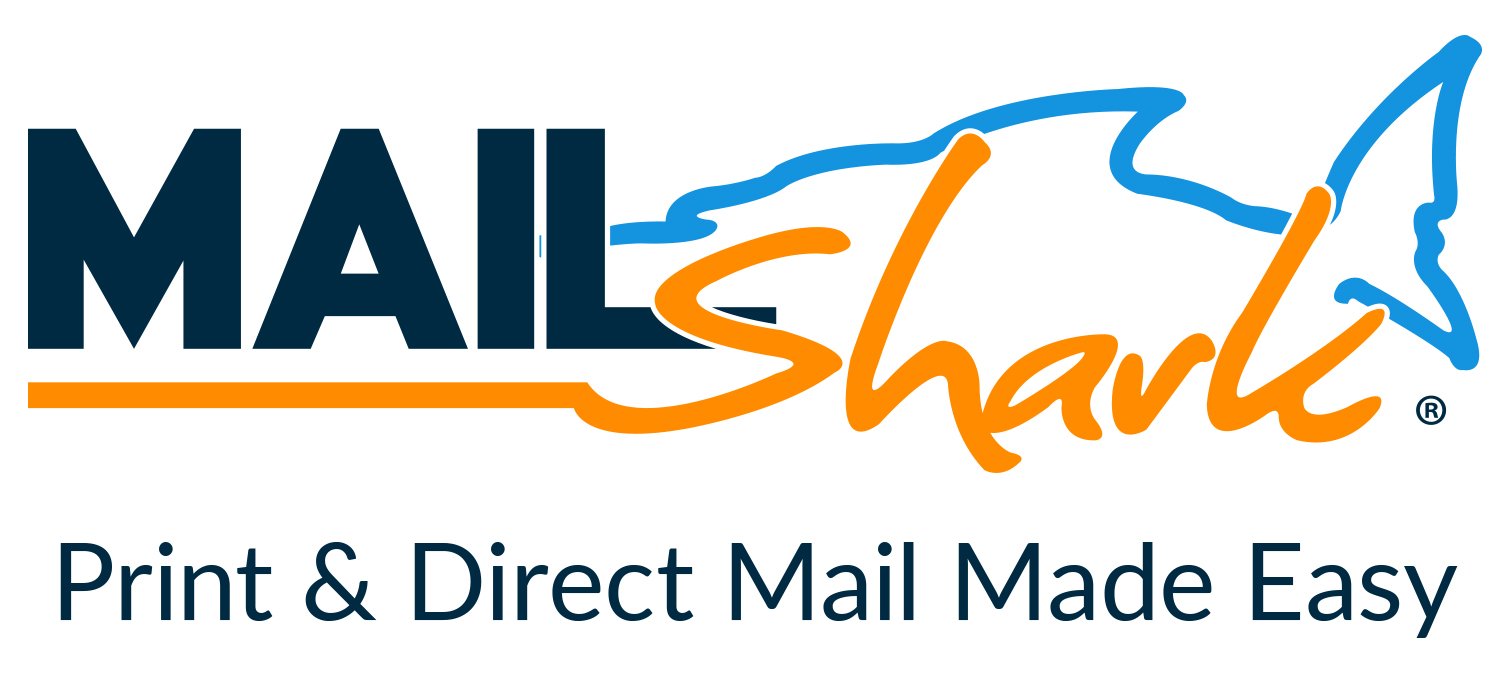Hi, Natalie here. There is wealth of information to clear up confusion about the new regulations regarding PPP loans. There will probably be changes, so this is summary is based on the best information currently available. Before you take action, I encourage you to check for updated rules and make sure you are fully informed before signing any paperwork.
As with any government program, there are a lot of details that need to be understood. So this may be spread out over two-to-three blogs, as my goal is to deliver this information in bite-sized chunks. For additional information, I suggest you contact your local Small Business Association (SBA).
Here’s a headline of the first section from an article in Forbes magazine:
“Second Draw PPP Loan Eligibility Requires that Borrower will have spent the “Full Amount” of the First Loan Before Receiving the Disbursement of the Second Loan”
The title for this Act is a mouthful of legalese, but the short title is the “Economic Aid Act”. This Act states that “a Second Draw PPP Loan may only be made to an eligible borrower that (1) has received a First Draw PPP Loan, and (2) has used, or will use, the full amount of the First Draw PPP Loan on or before the expected date on which the Second Draw PPP Loan is disbursed to the borrower.
Let’s break this down into simpler language.
- You have to be eligible
- You have received the first PPP loan
- You will spend 100% of the first loan before collecting any of the funds from the second PPP loan
Here is some clarification from the Interim Final Rules:
- The borrower must have spent the full amount of its First Draw PPP Loan on eligible expenses under the PPP rules to be eligible for a Second Draw PPP Loan; and
- “The full amount” of the borrower’s First Draw PPP Loan includes the amount of any increase on such First Draw PPP Loan made pursuant to the Economic Aid Act.
This next topic is what the definition of “Gross Receipts” is. “Gross Receipts” Defined for Purposes of Determining Whether There Has Been a 25% Drop in Revenues to Qualify for Second Draw
Unfortunately, the Economic Aid Act does not include a general definition of “gross receipts” for purposes of determining a borrower’s revenue reduction.
Here is what is included in gross receipts: ““All revenue in whatever form received or accrued (in accordance with the entity’s accounting method) from whatever source, including from the sales of products or services, interest, dividends, rents, royalties, fees, or commissions, reduced by returns and allowances.”
Here is what is not included in gross receipts:
- “Taxes collected for and remitted to a taxing authority if included in gross or total income (such as sales or other taxes collected from customers and excluding taxes levied on the concern or its employees);
- Proceeds from transactions between a concern and its domestic or foreign affiliates; and
- Amounts collected for another by a travel agent, real estate agent, advertising agent, conference management service provider, freight forwarder or customs broker.”
One additional statement regarding what may not be excluded from gross receipts has to do with contractor costs and other items under the category of “all other items”. These items include:
- reimbursements for purchases a contractor makes at a customer's request
- investment income
- employee-based costs such as payroll taxes
Lastly for part 1, this definition of gross receipts is consistent with SBA’s size regulation 13C.F.R. 121.104. This is another great reason to check out the SBA’s website www.sba.gov or go to your local SBA office for additional information.
I may be able to shed some additional light on these new rules, so contact me if you want to talk this over.











Recommended Comments
There are no comments to display.
Create an account or sign in to comment
You need to be a member in order to leave a comment
Create an account
Sign up for a new account in our community. It's easy!
Register a new accountSign in
Already have an account? Sign in here.
Sign In Now